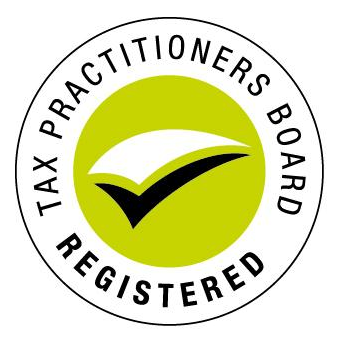What the “full expensing” write-off deduction means for business
Meeting the required conditions
A number of conditions must be satisfied for assets to be full expensed. First of all the asset must be used in a business. Accordingly the full expensing of assets does not apply to an employee who has purchased a work-related asset. Also no balancing adjustment event must occur to the asset in the current year.
Note also that some assets are excluded such as capital works and assets allocated to a software development pool.
In most circumstances, a depreciating asset is “held” when the taxpayer becomes the legal owner of the asset, which is frequently not at the time of purchase or order. The taxpayer must start to use the asset, or have it installed ready for use, for a taxable purpose in the year (“the current year”) in which the taxpayer wants to write-off 100% of the cost of the asset.
Anti-avoidance provision
It must be the case that the entity did not have a pre-commitment to acquire the asset prior to Budget night on 6 October 2020. Further, the asset must not have been held prior to that time. If a business had already entered into a commitment or had, in fact, purchased such an asset prior to that time, there is an obvious tax planning technique that could be engaged in to enable the new full expensing rules to apply to the asset.
The strategy targeted is where an order is cancelled and the business enters into a new purchase contract after 6 October. If an asset had already been held, the asset can be sold and a new one purchased after that time. Due to this, the new rules contain an anti-avoidance provision that seeks to prevent this type of tax planning where the asset acquired after budget time on 6 October 2020 is “identical or substantially similar” to the asset that was purchased or held prior to that time. Also, the actions engaged in by the taxpayer must be for the purpose of ensuring the asset started to be held at or after Budget time.
Other considerations
One important point is that when an asset on which full expensing has been claimed is later disposed of for consideration, that the full amount of the consideration will need to be returned as assessable income due to a balancing adjustment event. So, the new full expensing legislation does not give a taxpayer any extra tax deductions. It just gives them sooner than before.
For most business entities, particularly small businesses, the depreciation recognised for accounting purposes is often equal to that claimed for tax purposes. With assets being able to be fully expensed for tax purposes, it could come about that a business will re-consider whether this is the best accounting policy. The full expensing of assets obviously lowers profits and might, artificially, put a business into a loss situation. Depending on who uses the financial statements of the business, having a poor accounting result may not be desirable. For example, financiers might prefer to see a better accounting outcome than might result if full expensing of assets is adopted for accounting purposes.
In arm’s length partnerships, a proper accounting for the depreciation of fixed assets may give a more palatable outcome when it comes to distribution of profits. If partners are being admitted or are departing, the business owners may prefer a profit and loss statement that shows a fair depreciation of fixed assets rather than an artificial tax number.








All Rights Reserved by OzLedger.
Liability is limited by a scheme approved under Professional Standards Legislation
All Rights Reserved by OzLedger I Liability is limited by a scheme approved under Professional Standards Legislation | Privacy Policy




